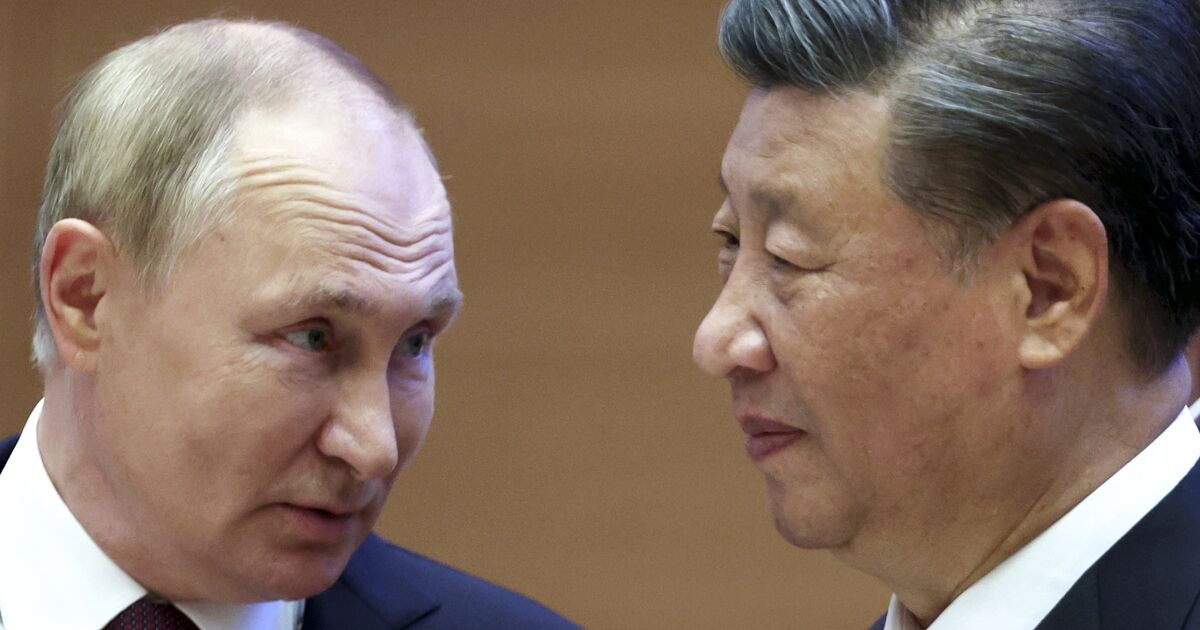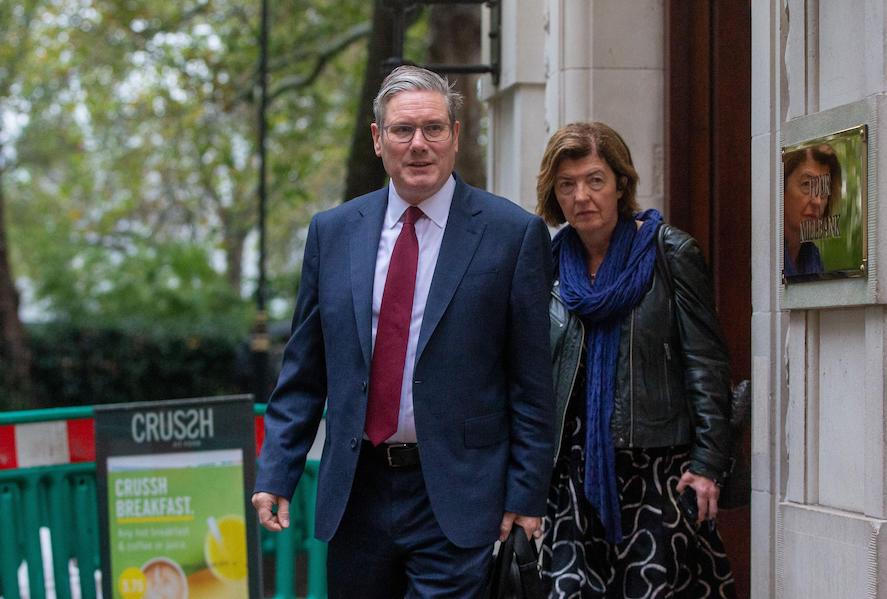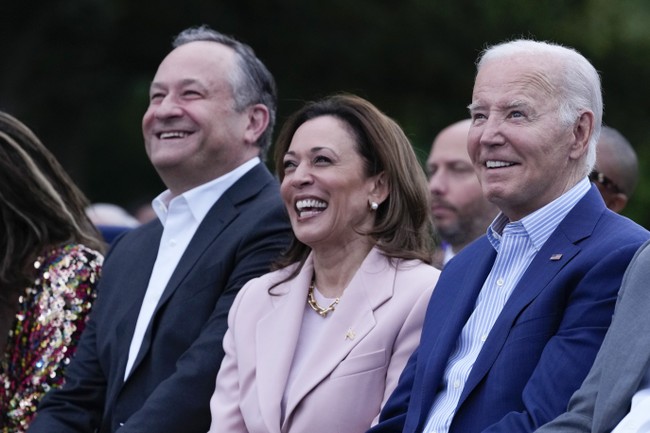Russia’s imperious president, Vladimir Putin, may have just endured his worst week since the collapse of the Soviet Union, which he says was the greatest tragedy of the 20th century.
His vaunted army, including a tank force once considered one of Russia’s best, collapsed in the face of a Ukrainian offensive in eastern Ukraine. Some Russian soldiers fled after ditching their uniforms and donning civilian clothes they stole from homes, according to local residents.
In southern Ukraine, Russian units defending the strategic city of Kherson struggled to hold their positions against persistent Ukrainian attacks.
Putin even faced what sounded like tough questioning from his most important ally, China’s President Xi Jinping.
“We understand your questions and concerns” about Ukraine, he told Xi at a summit meeting in the central Asian city of Samarkand, Uzbekistan.
When Putin ordered his army to invade Ukraine in February, he saw a historic opportunity to reassemble the core of the Soviet Union and appeared to anticipate a rapid victory.
That plan failed when Ukraine, bolstered by Western military aid and U.S. intelligence, halted Russia’s attempt to seize its capital, Kyiv.
Now Putin’s Plan B, the conquest of eastern and southern Ukraine, is teetering on the edge of failure as well.
Some cheerleaders have hailed Ukraine’s victory at Izyum, an important railway junction in the east, as the turning point of the war. That’s premature. Russia holds about one-fifth of Ukraine’s territory and has more troops it can deploy, although their quality is uncertain.
“Despite the euphoria, this ain’t over yet,” Alexander Vershbow, a former U.S. ambassador to Russia, told me last week. “Putin is obviously furious that his commanders have failed … but that doesn’t mean he’ll give up. He can still escalate in many ways.”
So what can we expect from Putin now? Vershbow offered a forecast.
Putin won’t capitulate; that would mean the end of his rule.
He likely will intensify the death and destruction Russia has inflicted on Ukraine’s civilians.
Putin’s career has been marked by success in wars waged against weaker opponents. He came to power in 1999 by ordering a midwinter siege of Grozny, capital of the Russian republic of Chechnya, in a savage war to suppress Muslim separatists. In 2008, he sent the army into neighboring Georgia; in 2014, he sent troops into eastern Ukraine and annexed the Crimean peninsula.
In those wars, his forces often inflicted casualties on civilians as a deliberate tactic.
His approach in Ukraine has fit the same pattern. It just hasn’t worked as well against a well-led, well-trained and well-equipped opponent.
“We’re going to see a further escalation of brutality,” Vershbow said. “They’ve already launched heavy bombing of civilian infrastructure. … Some [Russian] officials say they want to drive millions of Ukrainians out of the country.”
Putin’s goal, he said, is to “turn this back into a war of attrition … and hope that over time, war weariness drives the Ukrainians to quit.”
To accomplish that, some of Putin’s hawkish supporters have demanded a full mobilization, meaning a draft to replenish the army and a formal declaration of war.
But Putin aides have said conscription is not being considered.
The government has continued to reassure Russians that this is a limited “special military operation” and has even prohibited describing it as a “war.”
“He’s still desperately trying to avoid mass mobilization,” Vershbow said. “A draft would send protesters into the streets in Moscow. Even then, it takes months and months to train new troops.”
Michael Kofman, a Russia expert at CNA, a defense think tank, suggested that Putin might opt for a “partial mobilization,” extending current soldiers’ enlistment contracts and drafting recent veterans with needed skills.
“Partial mobilization is possible, but they may be lousy troops,” Vershbow said.
As for nuclear, chemical or biological weapons, most military and foreign policy experts say Putin is unlikely to use them unless his survival is directly at stake.
“The problem with most of the escalatory options, up to and including nukes, is that they may simply unify Europe, cast Putin himself as a Hitlerian monster and accelerate Western weapons supplies to Ukraine,” said Stephen Sestanovich, a former National Security Council official now at Columbia University.
Putin’s other hope is to win the war not on the battlefield but in Western Europe, where Moscow has cut the supply of natural gas to squeeze Germany and other consuming countries that have sent weapons to Ukraine.
So far, the energy war has had surprisingly little effect. One recent poll found that 70% of Germans support continued aid to Ukraine, despite climbing gas prices. In the United States, the Gallup Poll found a similar level of support, 76%.
The real test, however, will come this winter, when the need for gas to heat homes will spike.
On both fronts, Putin hopes that inflicting pain on noncombatants can bring him victory. He believes Russians are better fighters than Ukrainians and more resilient in winter than Europeans or Americans. The challenge for the West is to prove him wrong.





















Discussion about this post